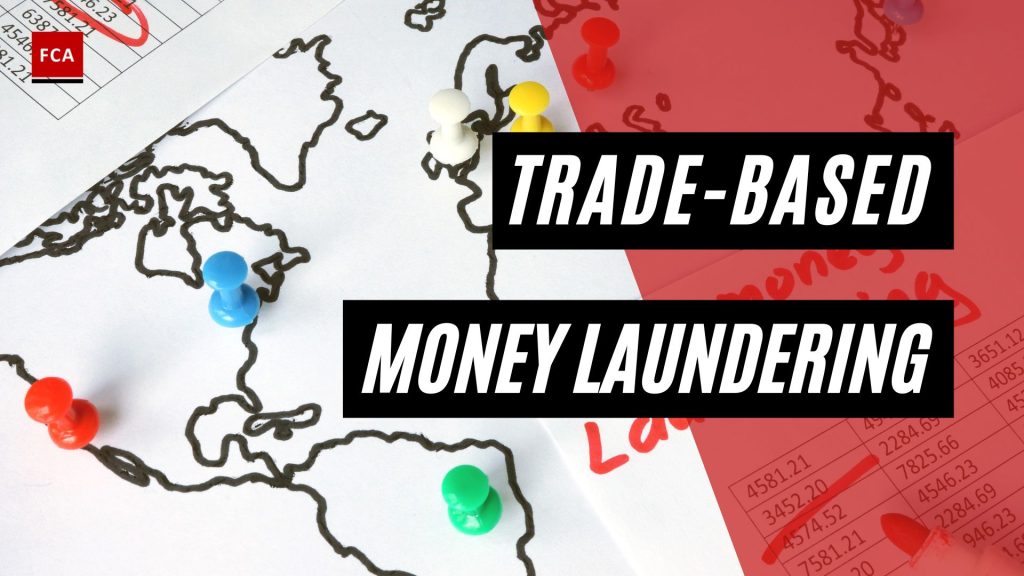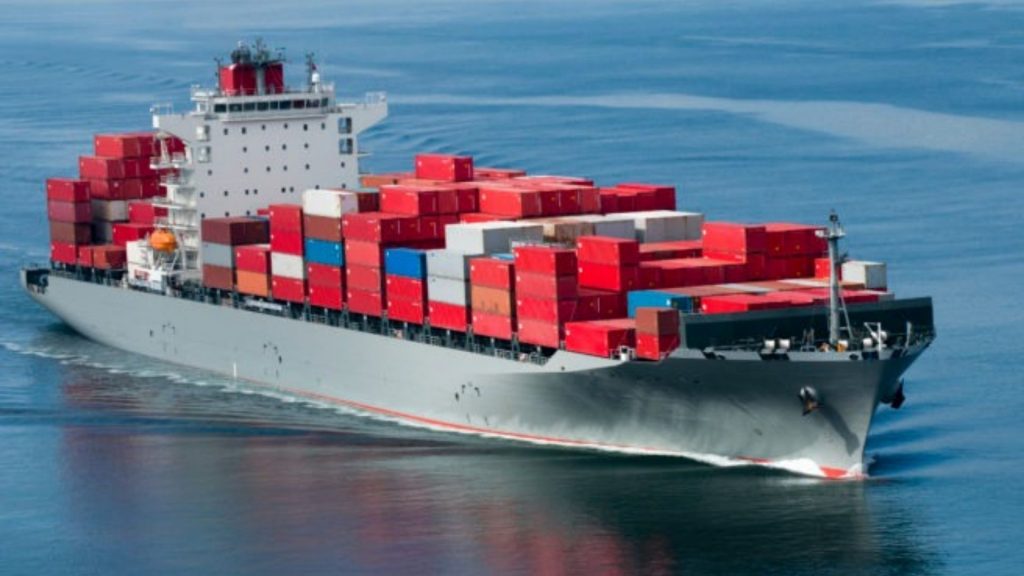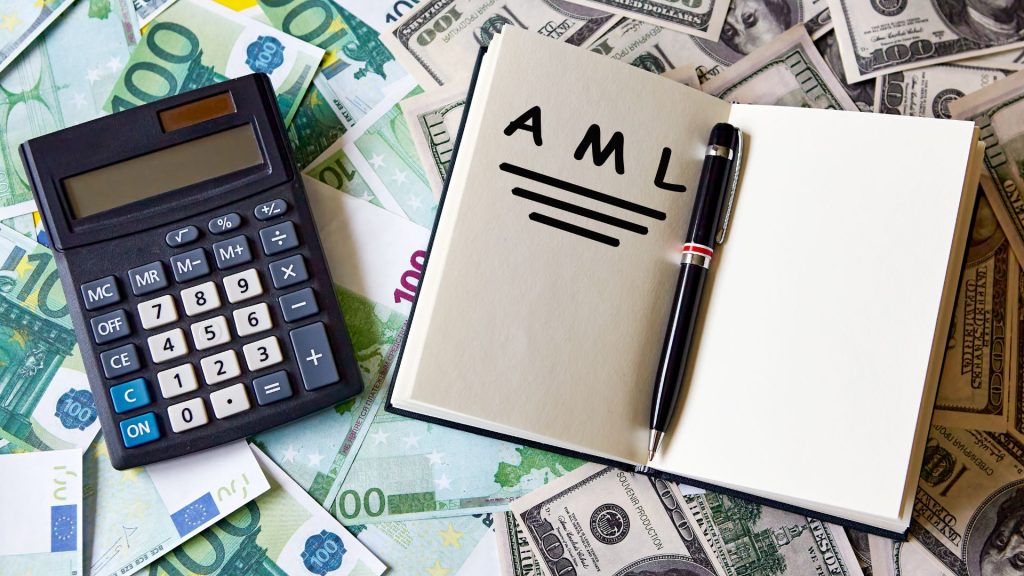

Trade-based money laundering (TBML) methodologies frequently involve a misrepresentation of the value of the goods that are part of a trade deal. In recent years, criminal investigators have unraveled some absurd examples for this, including 12 pairs of men’s underwear for as much as 739 US-Dollar and a rocket launcher for only 52 US-Dollar.
Essentially, trade-based money laundering is the process of disguising the proceeds of crime and moving value through the use of trade transactions in an attempt to legitimize their illicit origins. As you have seen in the examples, in practice, trade-based money laundering can be achieved through the misrepresentation of the price, quantity, or quality of imports or exports.

Moreover, trade-based money laundering techniques vary in complexity. They are frequently used in combination with other money laundering techniques to obscure the money trail further.
In essence, there are six different methods of trade-based money laundering, which are:
Regulators and standard-setting bodies have classified trade finance as a “higher risk” business for money laundering, terrorist financing, and potential sanctions violations over the years. With the increasing complexities and volumes of trade flows, criminal organizations have more opportunities to launder criminal proceeds through the international trade system.
As a result, Financial Institutions (“FIs”) have had a difficult time monitoring and implementing controls in their trade finance operations to combat trade-based money laundering. The problem has been exacerbated further by a lack of clarity in many jurisdictions’ compliance requirements and regulatory expectations.

The broader the scope of TBML regulators, the easier it is for individual businesses to prevent. Various regulations are issued by international authorities to disable and block TBML.
The FATF provides a list of trade finance AML red flags for financial institutions to consider when managing cross-border transactions, which includes:
TBML is known to be used to conceal criminal proceeds and to conceal legitimately obtained funds intended for terrorism and other criminal activity. Techniques used in TBML range from simple fraud, such as misrepresenting the price, quantity, or quality of goods on an invoice, to complex networks of trade and financial transactions.
While most TBML schemes involve the misrepresentation of a product’s price, quantity, or type, trade in intangibles (such as information and services) is emerging as a significant new TBML frontier—also known as service-based money laundering. TBML (and the approaches developed to combat it) are defined in terms of international trade rather than domestic trade.